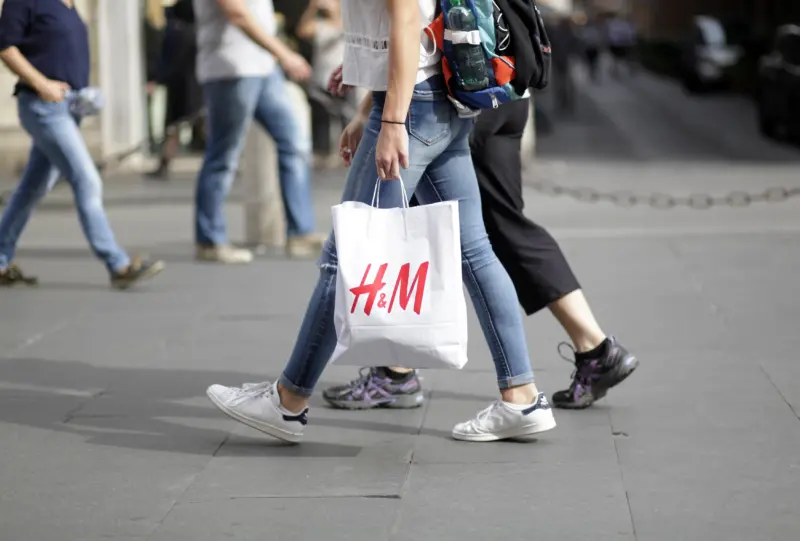Can Companies Survive a Major UPS Teamsters Strike? Supply Chain Experts Weigh In With Strategy.
The Teamsters Union and UPS are in a standoff, with a massive UPS Teamsters strike possibly kicking off on August 1. The potential strike is largely due to disagreements about higher pay, more full-time jobs and better workplace health and safety conditions. This could be the largest strike against a single private employer in U.S. history, and the first major UPS strike since 1997. The ’97 strike caused a significant disruption of $850 million, but this revolt would be much more devastating, potentially disrupting the delivery of 20 million packages a day. Everything from Amazon orders to shipments of crucial goods, like auto parts and medical devices, could be impacted. That could affect the US economy to the tune of $7 billion.
Negotiations between UPS and the Teamsters have been tense, and talks have been further amplified on social media. There’s still hope on the horizon, as UPS is willing to return to the negotiating table. The US is no stranger to major supply chain issues, especially since COVID-19. But what can be done to mitigate this one? Companies need to be prepared for the potential problems. For example, this strike could actually be a major opportunity for small businesses to step up and find other ways to get products to their customers’ front door.
For more insights on this complex situation, here’s Pradip Shukla, Associate Professor of Management at Chapman University, and Joe Felan, Associate Professor of Management at the University of Arkansas at Little Rock.
Pradip’s Thoughts:
“If a Teamsters strike were to occur against UPS, starting August 1. 2023, it would be significant and historic.
UPS has a high capacity, high volume daily shipments, not only to consumers directly to their doorstep, but also to businesses. There’s a lot of packages that are being sent business to business, and it would create a domino effect. In particular, we have things such as auto parts that are delivered by UPS, and we also have medical devices, medical parts.
What would be interesting is that the last major strike at UPS was in 1997, which is about 25 years ago. And the growth of online shopping has increased significantly since 1997. So whatever disruptions occurred with the UPS strike last time, we’re gonna see a magnitude in terms of impact.
Now, one difference also is that now we have social media.
So it’s not only the teamsters union and UPS management sitting at the bargaining table. You have the court of public opinion with social media, and they’re also gonna have some impact if a strike does occur. Now, fortunately, my prediction and hope is that they have announced today that they’re gonna be going back to the bargaining table, and about 95% of the contract terms have already been finalized.
So hopefully, there should be a resolution soon which avoids a strike.”
Joe’s Thoughts:
“The potential UPS strike could have a ripple effect throughout the U. S. Economy. One recent study says that a 10-day strike could have an impact as much as $7 billion dollars on the US economy because it will ripple throughout the supply chain.
I see three main issues that companies need to be looking at now. Number one is what we call third party logistics. That’s mainly what UPS does in the supply chain. They help other companies with their logistical issues. So, companies need to be looking for substitutes in third party logistics. Number two is what we call the last mile logistics. Those are getting the items to your door. Those of us that are final customers want those items to be delivered directly to us.
I think there’s potential here for small businesses to play a role in that last mile logistics. Maybe they can come in and fill in some of the voids left by UPS? And thirdly, we might see an increase in in-store purchases or companies that actually have brick and mortar stores. Maybe more customers will either come in or have items delivered directly to their local store.”
Recent Posts

In 2022, returns cost the retail industry a whopping $816 billion in lost sales across the United States. This data, released by the National Retail Federation, highlighted the importance of optimizing reverse logistics — especially for fast fashion clothing retailers. Recently, H&M announced a return fee for its UK customers — and then…




